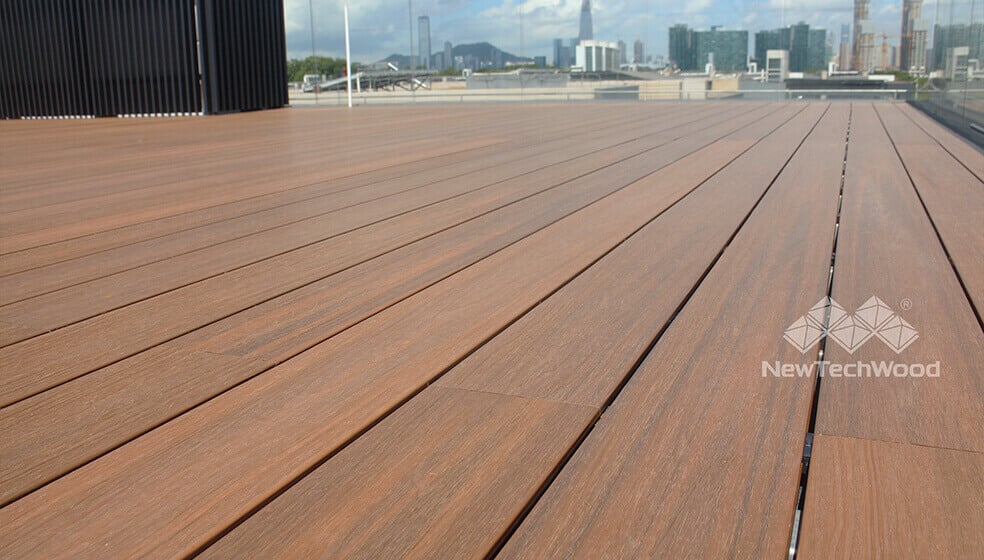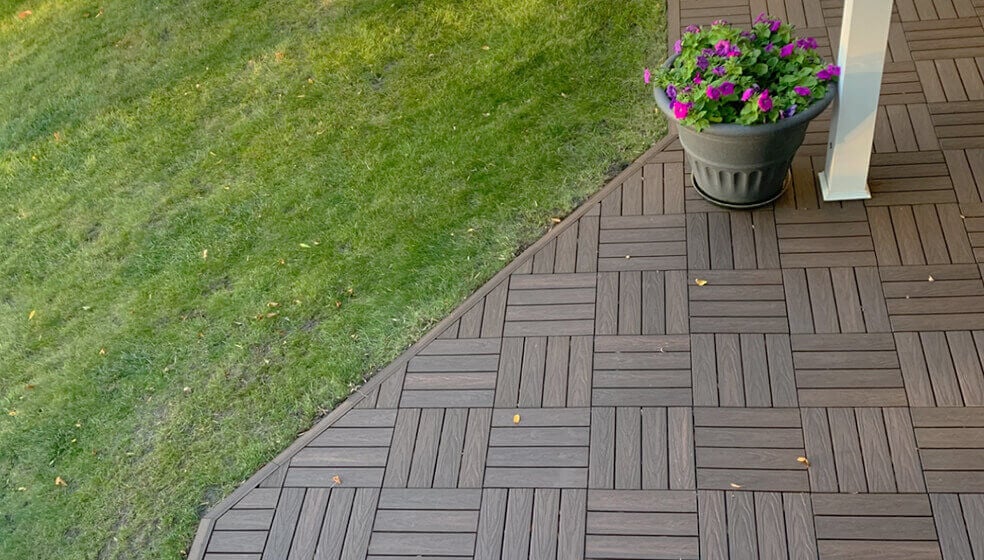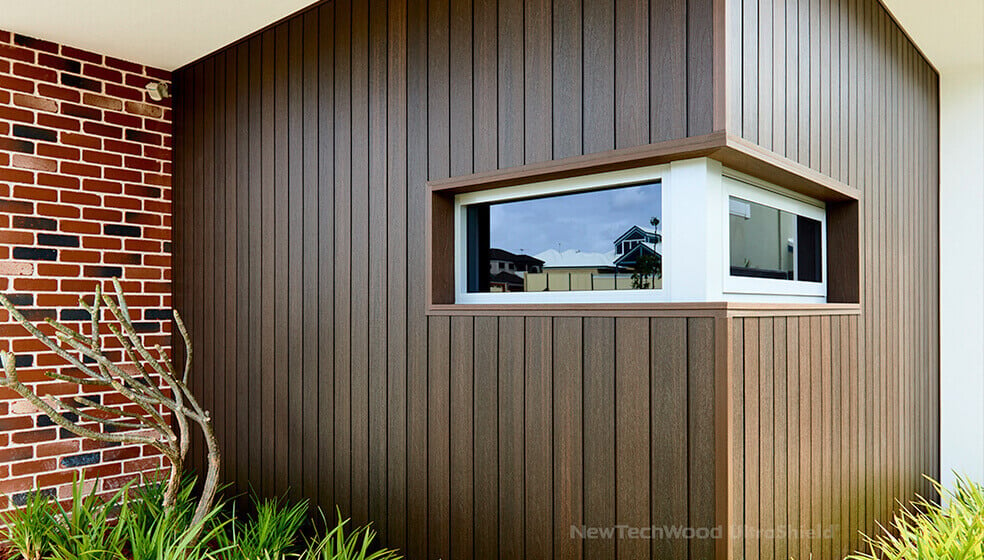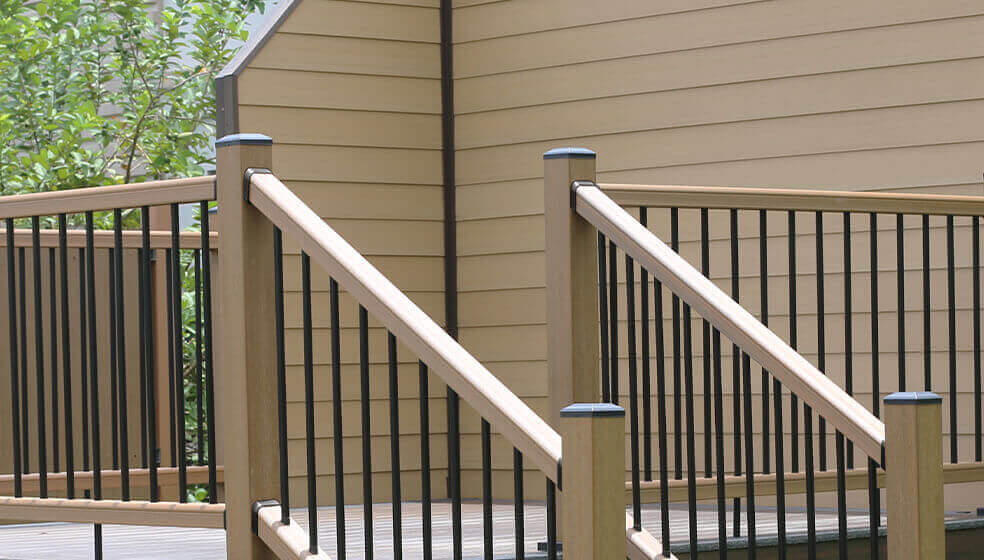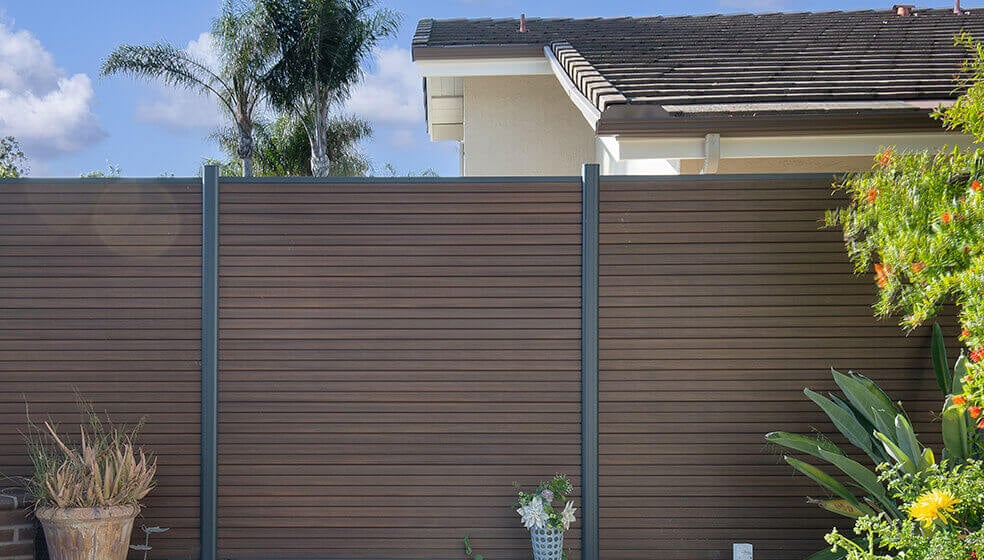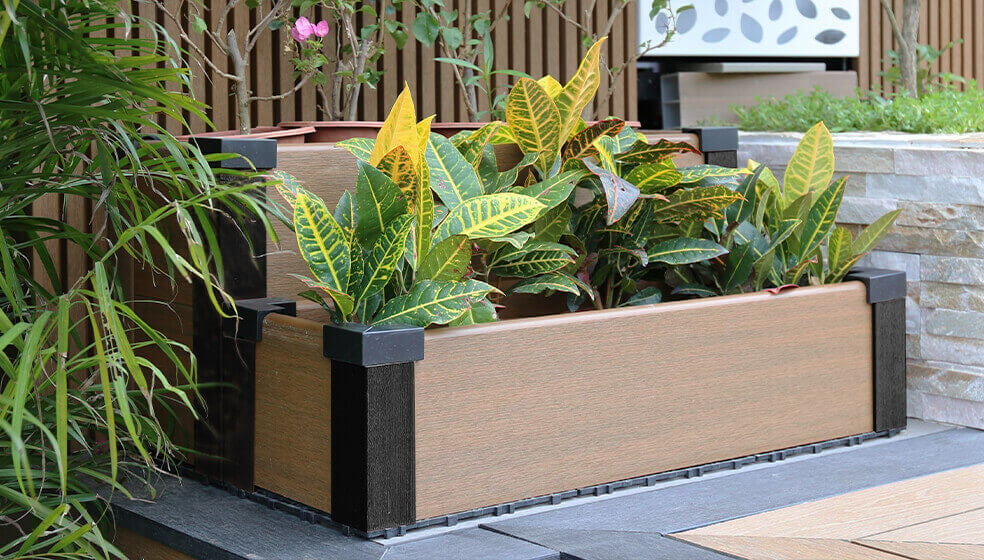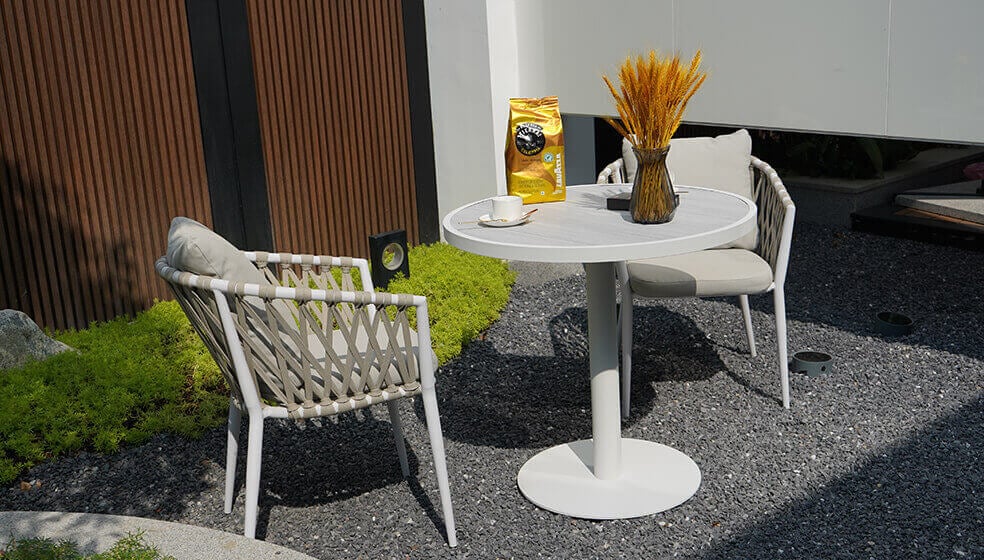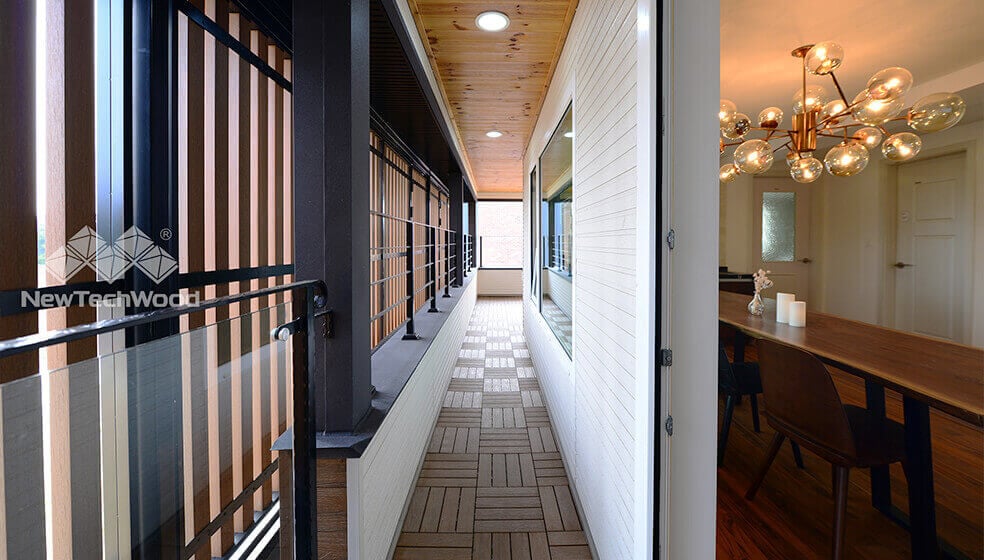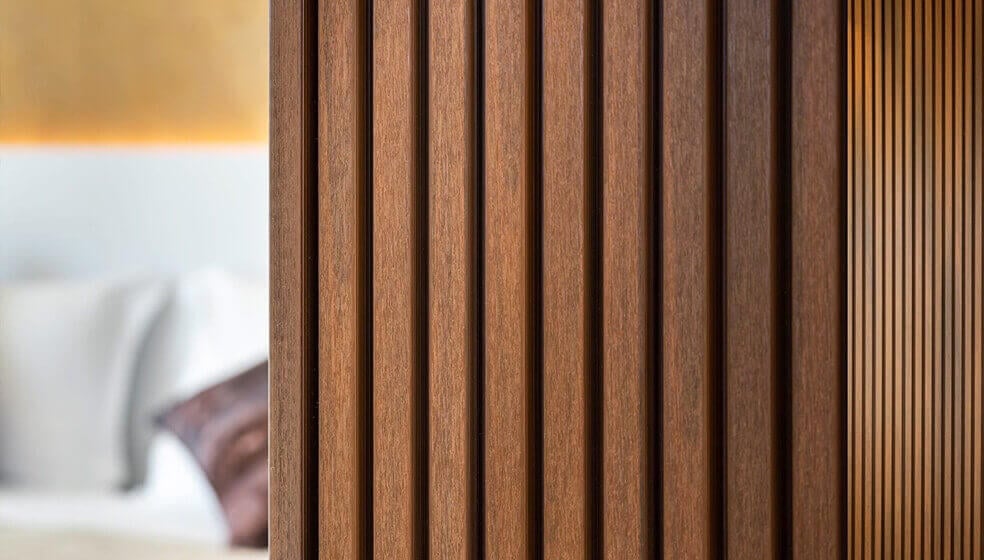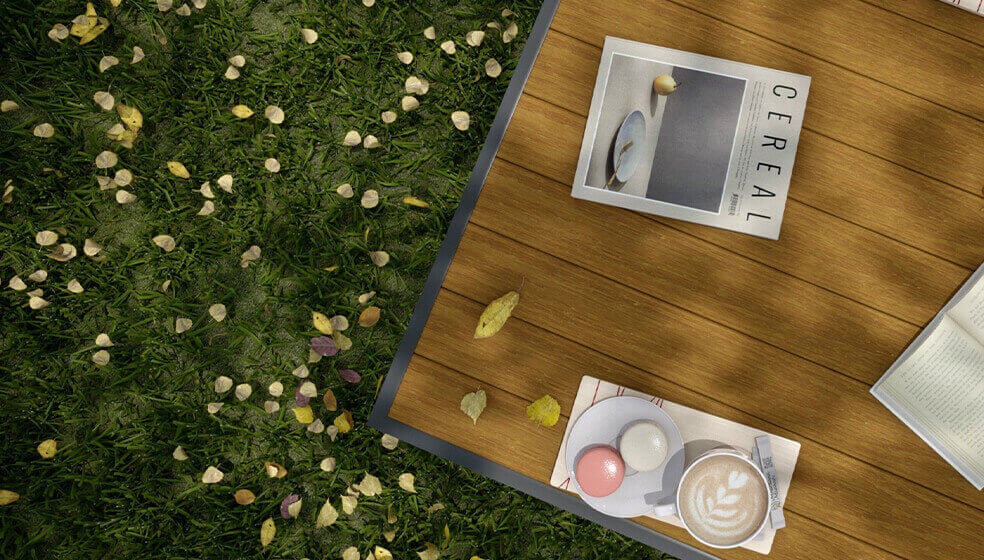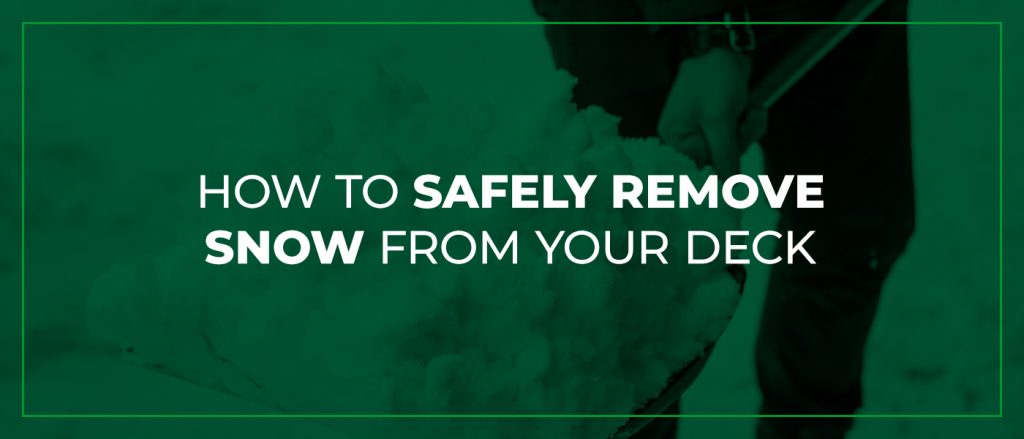
How to Safely Remove Snow From Your Deck
If you live in a colder climate, you’re likely used to dealing with snow on your property. When the weatherman predicts snow, start making preparations to keep your wood or composite deck protected. Properly built decks are extremely durable. A winter storm isn’t likely to destroy your deck, especially if it’s just a few inches of fluffy snow. The real danger stems from how you remove snow or ice from your deck.
Whether you’ve recently built your deck or you’ve maintained your deck for years, make sure you’re treating your investment properly. Follow these tips on how to remove snow from your deck.
How to Prepare and Shovel Your Deck for Winter
Since our establishment, NewTechWood has earned a solid reputation in durable, winter-proof decking. We understand that decking is an investment, and we want to work with you to maintain your deck’s longevity. Snow is a reasonable concern for many deck owners. The odds of snow damaging your deck are small, but you should still take precautions to protect your investment. Consider these FAQs when preparing for winter and shoveling your deck after a snow:
1. How Should I Prep My Deck for Snow?
When the forecast predicts snow, start preparing your deck for the harsher climate change. Properly treated decks can withstand moisture fairly well. Compared to wood decks, composite decks are more resistant to extended moisture exposure. If you have a wood deck, you may want to apply a water-resistant seal for added protection.
Besides moisture protection, prep your deck for snow by:
- Removing any dirt, leaves, rocks or debris.
- Cleaning off mildew with soapy water and a soft-bristled brush.
- Moving potted plants and other smaller decorative items.
- Covering deck furniture and grills with waterproof tarps.
- Inspecting your deck for protruding nails, screws or other hardware.
Doing these preparation steps makes it easier to clear snow and ice from your deck in the future. Any dirt, rocks, protruding nails or other debris can scratch your deck boards during the shoveling process.
2. Is It OK to Leave Snow on a Deck?
By itself, snow won’t harm your deck. So, it’s OK to leave snow on your deck and let it melt over time. The only times you need to worry about clearing your deck is if:
- You need an exit route.
- You want a path to your hot tub, grill or other deck item.
- The snow accumulates higher than the railings.
Some decks are more vulnerable to snow than others. Wood decks, like cedar or redwood, have a harder time withstanding the pressures of shoveling. Pressure-treated pine and tougher woods, like mahogany, are better at withstanding these forces, but shoveling should still be approached with caution. Composite decks are the most durable, but they aren’t invincible to scratching.
Prevent unnecessary scratching and shoveling damage by avoiding shoveling, if you can.
3. How Much Snow Can a Deck Hold?
A secure deck can hold about 3 feet to 3 1/2 feet of snow, approximately equal to the height of your deck’s railings.
Wood decking can hold around 50 pounds per square foot, while composite decks can hold twice as much. Typically, 1 foot of snow weighs about 20 pounds, so your deck begins to max out at around 3 feet of snow coverage. However, ice can greatly impact this estimate. Keep in mind that ice weighs much more than snow and affects your decision on when to shovel.
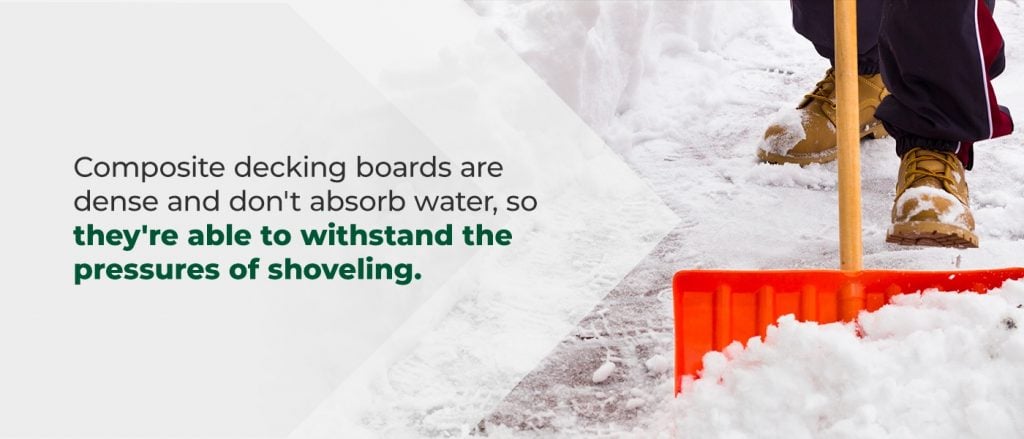
4. Can You Shovel Composite and Wood Decking?
You can shovel composite and wood decking, but with precaution. When you shovel snow, you’re applying direct pressure to wet wood, and using the wrong shovel or technique can scratch or damage the vulnerable decking boards.
Wood decks, as you could assume, are made from 100% wood. There are two types of wood decks, pressure-treated and natural wood. Pressure-treated wood is chemically treated to be more resistant to mold, rot and other damage. Natural wood isn’t. Use caution when shoveling either type of wood deck, but more so when shoveling natural wood.
Composite decking combines wood and recycled composite materials to form more durable decking boards. Composite decking boards are dense and don’t absorb water, so they’re able to withstand the pressures of shoveling. Again, you should still use caution when shoveling your composite decking, but you can shovel with more confidence.
5. What Type of Snow Shovel Should I Use on My Deck?
There are many snow shovel options on the market. Some shouldn’t be used on your deck because they’re harsher and better suited for concrete. For your deck, use a wide-front plastic shovel with a plastic or rubber blade. Avoid metal or aluminum-tipped shovels because they can scrape off protective sealants or top layers of your decking boards.
6. How Do I Get Ice off My Wood Deck?
Shoveling the fluffy snow on your deck is easier than navigating the safety hazards of ice. Avoid using your shovel to remove ice from your wood deck. Instead, use ice melt.
Ice melt lowers water’s freezing point, preventing ice buildup and melting any existing ice. When necessary, you can use ice melt on your composite and wood decks. Use it sparingly on wood decks because ice melt contains salt that can strip the board’s protective oils. Composite decks don’t have the same water-absorbing qualities and can withstand the chemical effects of ice melts.
7. What Ice Melt Is Safe for Wood Decks?
When you have to use ice melt on your wood deck, use calcium magnesium acetate. Calcium magnesium acetate is a low-corrosion ice melt that has lower risks than other alternatives.
A low-corrosion ice melt is important because it won’t threaten the integrity of your deck, which is held together by joist hangers, nails, screws and other metal fasteners. Calcium magnesium acetate is also safe for plants and pets, has a long life span and has no runoff.
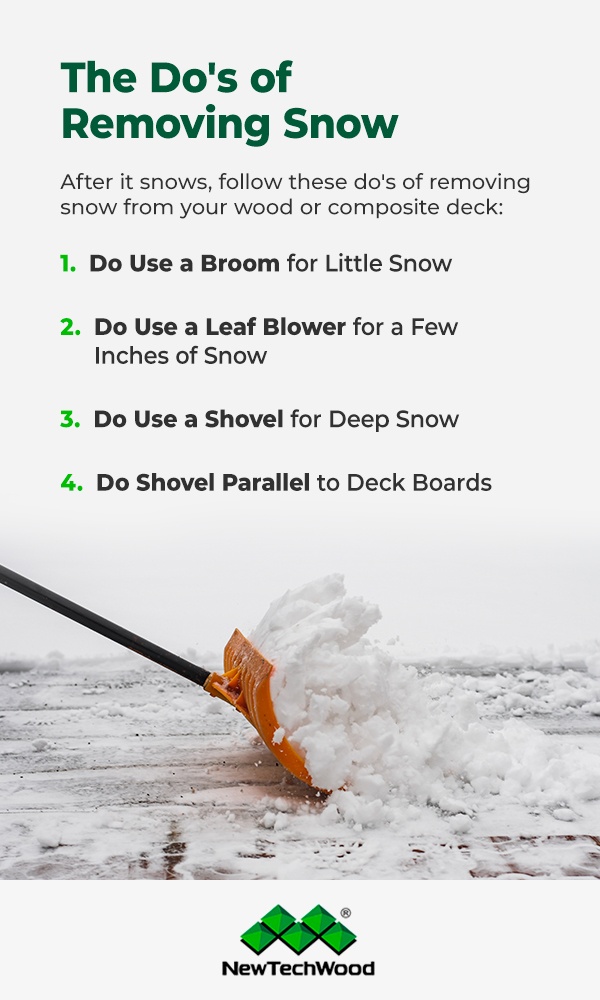
The Do’s of Removing Snow
After it snows, follow these do’s of removing snow from your wood or composite deck:
1. Do Use a Broom for Little Snow
Unless you live in the Northern states or Canada, you likely won’t have multiple feet of snow at one time. If a few inches or a light dusting accumulates on your deck, simply use a broom to create a path or clear your deck. Avoid your snow shovel until your deck has about a foot of snow. Using your snow shovel to clear only a few inches unnecessarily puts your deck at risk for scratching or damage.
2. Do Use a Leaf Blower for a Few Inches of Snow
If snow accumulates to the point that your broom can’t handle it, use a leaf blower. Leaf blowers effectively blow away any powdery snow from your deck, railings, steps and sidewalk. Leaf blowers also don’t require any contact to remove snow from your deck.
A leaf blower may not be effective at removing pressed snow or icy mixtures. When removing ice, rely on ice melt.
3. Do Use a Shovel for Deep Snow
If you open your door to a foot of snow, don’t approach it with a broom or leaf blower — it likely won’t work. Instead, take your snow shovel and start working at the top layers of snow. As you’re shoveling, avoid making direct contact with the deck. Shovel all but an inch or two of snow, pushing the excess snow over your deck’s railings.
Don’t panic if your shovel reaches your decking boards. The purpose of avoiding your decking boards is to lessen the chance of accidentally scratching or interacting with unseen protrusions, like rocks, that can dent your boards. Once you’ve shoveled the top layers of snow, use your broom or leaf blower to safely remove the final inches.
4. Do Shovel Parallel to Deck Boards
When shoveling, shovel parallel to your decking boards. If you shovel perpendicular to your decking boards, then you risk catching your shovel in the spaces between each board. The momentum can chop into the wood and possibly dent or scratch the vulnerable surface.
The Don’ts of Removing Snow
Avoid these don’ts of removing snow from your wood or composite deck:
1. Don’t Dump Snow From Your Roof to Your Deck
If possible, avoid dumping snow from your roof onto your deck, especially if you’ve received multiple feet of snowfall. Snow can be heavy, and your deck can only handle a certain amount of weight. When it snows, the weight gradually builds on your deck. When snow drops from your roof, all that weight drops at once and it’s harder for your deck to handle.
Of course, you can’t always control snowfall. If you expect a lot of snow to fall onto your deck, clear the existing snow from your deck so it can better withstand the force.
2. Don’t Chop Ice on Your Deck
You can use your snow shovel to chop ice on concrete, breaking it apart and making it easier to remove. However, avoid doing this on your deck. The downward force can pierce your decking boards. Instead, use ice melt to safely and slowly remove the ice.
3. Don’t Shovel Too Close to Your Deck Boards
Wood decks absorb the snow’s moisture. This alone won’t harm your deck, but it does make the wood more susceptible to damage, similar to the difference between wet and dry paper. Avoid shoveling too close to your deck boards because the top wood layers will scratch and damage. Composite decks are less prone to damage, but you should still shovel with caution.
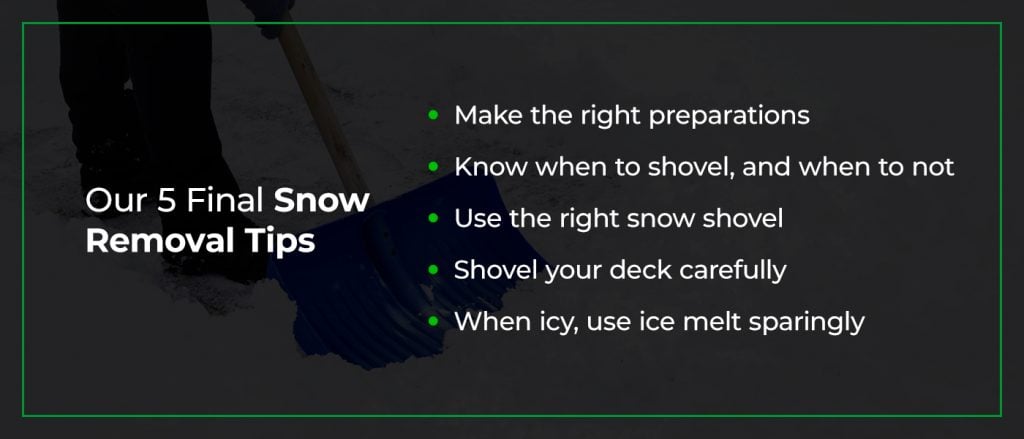
Our 5 Final Snow Removal Tips
Overall, don’t fret when it snows. Snow won’t harm your deck, but it will make it more vulnerable to damage when practicing the wrong snow removal techniques. Avoid damaging your deck by following our top five snow removal tips:
- Make the right preparations: When you know it’s going to snow, prepare your deck to make it easier to remove the snow later. Do so by washing away mildew, brushing away rocks, checking for protruding hardware, removing smaller decorations like plants and adding a moisture-resistant seal if your deck is wooden.
- Know when to shovel, and when to not: Shoveling snow from your deck isn’t always necessary. It may even put your deck unnecessarily at risk. Shovel your deck only when there’s a thick enough layer — usually a foot or more — of snow. Otherwise, use a broom or leaf blower.
- Use the right snow shovel: When you do use a snow shovel, use a wide-front plastic shovel with a plastic or rubber blade. Avoid aluminum-tipped or metal blade snow shovels because they are too harsh against wet wood.
- Shovel your deck carefully: When shoveling, avoid making direct contact with your decking boards. If you do, you risk scratching the wet wood. Also, shovel parallel to the decking boards rather than perpendicular, or else you risk knicking the spaces in between and harming the wood.
- When icy, use ice melt sparingly: Ice is trickier to clear from decks than snow. During an ice storm, or if any melting snow freezes, rely on calcium magnesium acetate ice melt. Be cautious when using ice melt on wood decks because long-term use can strip the wood of its natural protective oils.
By following our snow removal tips, your deck can withstand the harsh winter weather for many years to come.
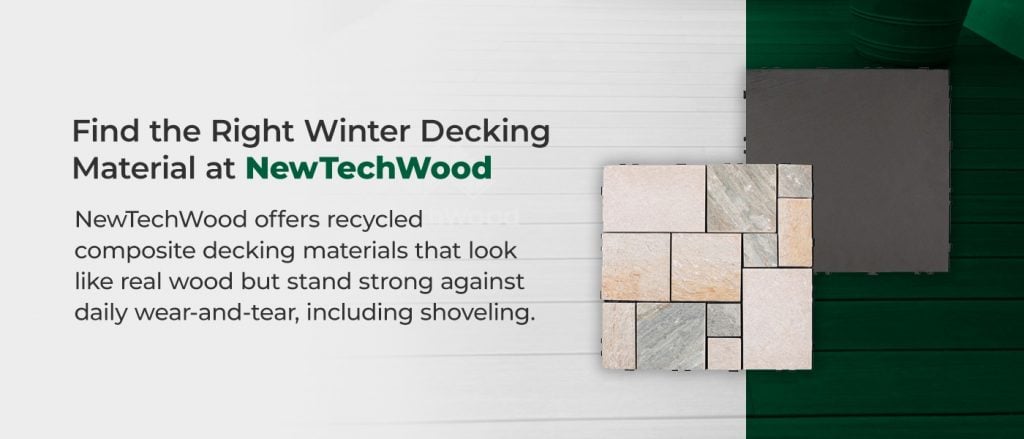
Find the Right Winter Decking Material at NewTechWood
If you’re looking for a deck that can withstand a colder climate, let us help. NewTechWood offers recycled composite decking materials that look like real wood but stand strong against daily wear-and-tear, including shoveling. Our customers love our UltraShield® Naturale™ composite decking because it lasts longer than traditional wood decking, is more durable and doesn’t require costly painting, staining or oiling.
When it snows, you don’t have to worry about any extensive prep work — our decking boards are already prepped for the weather. You also don’t have to worry as much about surface-level scratches, which can allow you to shovel with more confidence. Learn more about why our composite decks are the right choice for you. Or, test their durability yourself by requesting a sample! We look forward to learning more about your goals and how we can help you achieve them.



